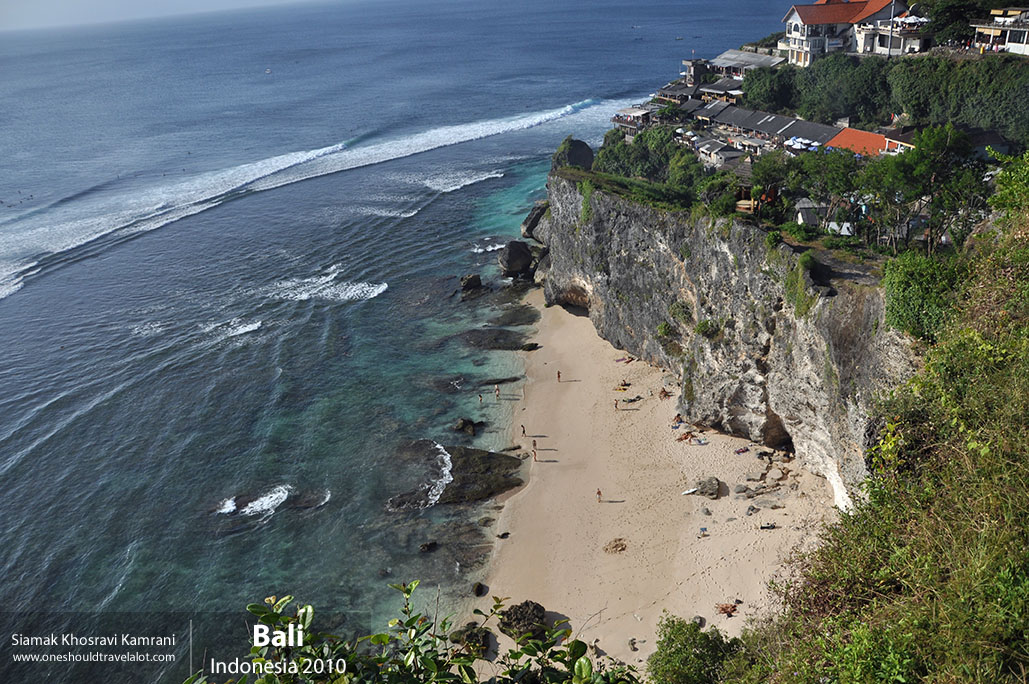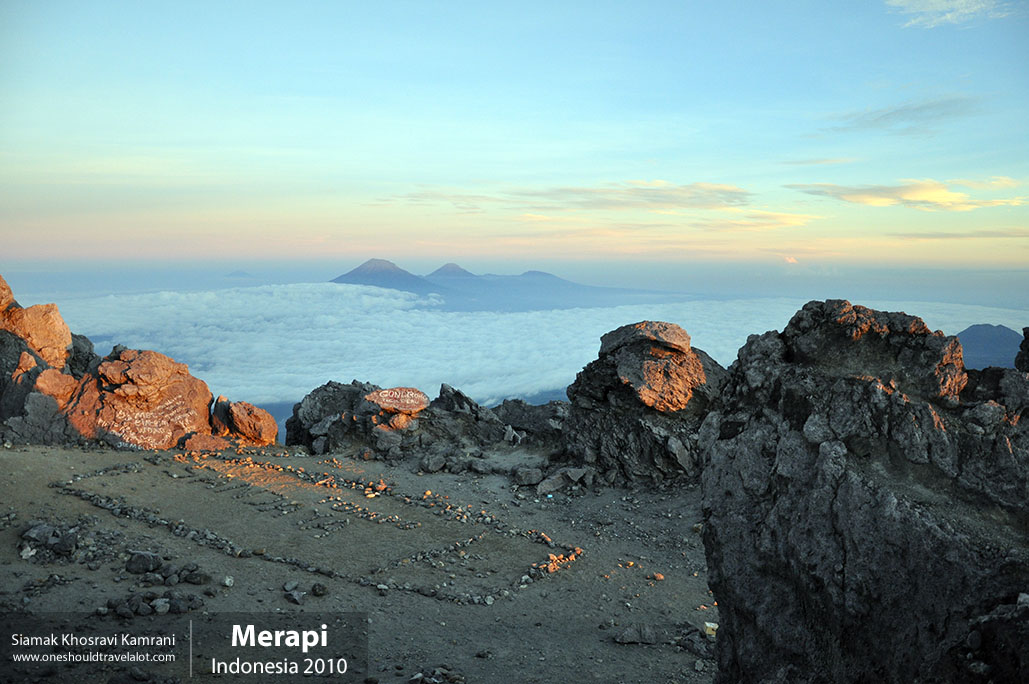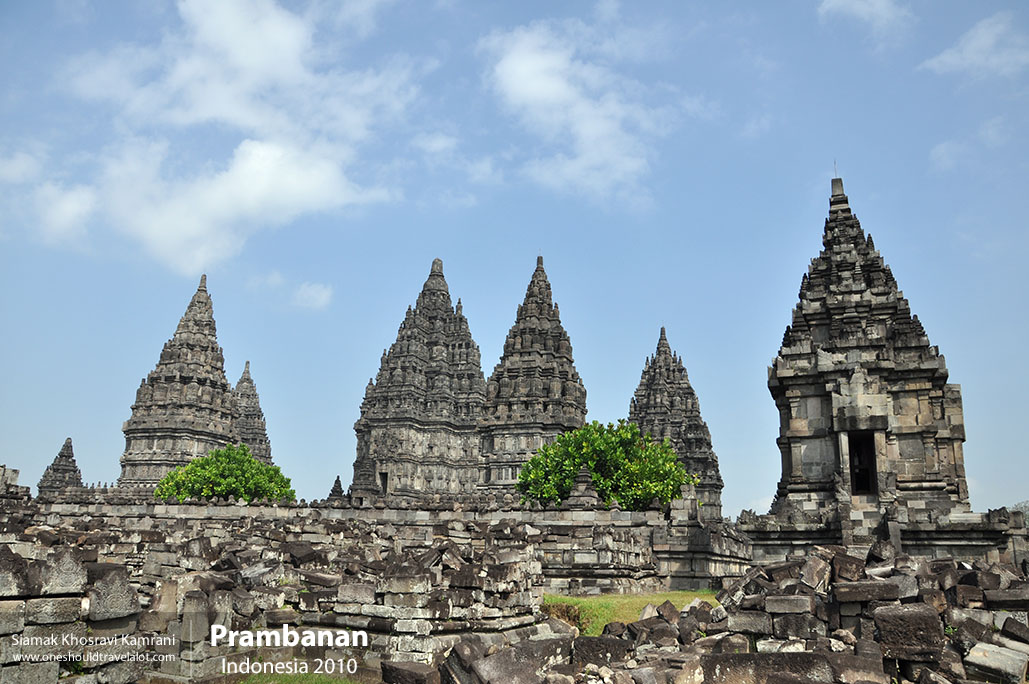Jakarta: A Journey Through the Heart of Indonesia
A Photographer’s Diary
As my plane began its descent into Jakarta, the sprawling capital of Indonesia, I couldn’t help but feel a surge of excitement. Jakarta, with its rich tapestry of cultures, buzzing urban life, and historical landmarks, promised a new adventure waiting to be captured through my lens. This city, known as the melting pot of Indonesia, stood as a testament to the nation’s diversity and resilience.
First Impressions of Jakarta
Stepping out of Soekarno-Hatta International Airport, the tropical heat and humidity wrapped around me like a warm embrace. The air was filled with a mixture of aromas—spices, street food, and the distinct scent of a bustling metropolis. Jakarta’s streets were alive with the honking of scooters, the chatter of street vendors, and the laughter of children playing by the roadside.
The drive to my hotel offered a glimpse into the city’s eclectic mix of the old and the new. Modern skyscrapers towered over colonial-era buildings, while sleek shopping malls stood next to traditional markets. This juxtaposition of contrasts was a visual feast for a photographer’s eyes.
Exploring the City’s Cultural Mosaic
Jakarta is home to over ten million people, representing a myriad of ethnicities and cultures. The Betawi people, the original inhabitants of the area, have a significant influence on the city’s cultural landscape. Yet, Jakarta is also a microcosm of Indonesia’s diverse population, with communities from Java, Sumatra, Bali, Sulawesi, and even Chinese and Indian immigrants.
Kota Tua: A Walk Through History
My first stop was Kota Tua, Jakarta’s old town. This area, with its well-preserved Dutch colonial architecture, felt like a step back in time. The cobblestone streets and the grand facades of old buildings spoke of Jakarta’s historical importance as a trading hub.
I visited the Fatahillah Square, where the Jakarta History Museum stands proudly. The museum, housed in the former city hall, provided fascinating insights into Jakarta’s past. Wandering through its halls, I was captivated by the exhibits showcasing the city’s evolution from a small port town to a bustling capital.
Outside, the square was teeming with life. Street performers entertained tourists, while artists sketched portraits and vendors sold traditional snacks. I couldn’t resist trying Kerak Telor, a spicy omelet made with glutinous rice, coconut, and eggs—a Betawi specialty that tantalized my taste buds.
A Glimpse of Modernity: Central Jakarta
In stark contrast to Kota Tua, Central Jakarta was a testament to the city’s rapid modernization. The towering skyscrapers and modern infrastructure were indicative of Jakarta’s status as Indonesia’s economic and political heart.
I visited the iconic Monas (National Monument), a towering obelisk standing in the center of Merdeka Square. Built to commemorate Indonesia’s struggle for independence, Monas is an essential symbol of national pride. I took an elevator to the top, where a viewing platform offered panoramic views of the city. The sight of Jakarta’s skyline against the backdrop of the setting sun was truly mesmerizing.
Not far from Monas is the Istiqlal Mosque, the largest mosque in Southeast Asia. Its grandeur was awe-inspiring, with a capacity to accommodate over 120,000 worshippers. Nearby, the Jakarta Cathedral stood as a symbol of the city’s religious diversity. This neo-gothic structure, with its twin spires, contrasted beautifully with the mosque, highlighting Jakarta’s spirit of tolerance and coexistence.
Immersing in Local Life
Street Markets and Traditional Crafts
To truly experience Jakarta, I ventured into its vibrant street markets. Pasar Baru, one of the oldest markets in the city, was a sensory overload. The narrow alleys were lined with shops selling everything from textiles and clothes to electronics and antiques. The lively banter of shopkeepers and the colorful display of goods were a photographer’s dream.
In Glodok, Jakarta’s Chinatown, I explored the maze of streets filled with traditional medicine shops, temples, and food stalls. The scent of incense wafted through the air as I visited the Dharma Bhakti Temple, one of the oldest Buddhist temples in Jakarta. Here, I captured the serene faces of devotees deep in prayer, their faith palpable in the quiet moments of reflection.
A Taste of Jakarta: Culinary Delights
Jakarta’s culinary scene is a delightful fusion of flavors from across the archipelago. From street food to fine dining, the city offers a gastronomic adventure like no other.
I spent an evening at a bustling night market, where the aroma of satay grilling over hot coals filled the air. I savored skewers of succulent meat dipped in rich peanut sauce, a dish that epitomizes Indonesian street food. Another highlight was Nasi Goreng, Indonesia’s famous fried rice, which was bursting with savory flavors and topped with a perfectly fried egg.
To experience the diversity of Indonesian cuisine, I dined at a restaurant specializing in Padang food. The array of dishes presented was staggering—rendang (slow-cooked beef in coconut milk and spices), ayam pop (fried chicken), and an assortment of vegetable curries. Each dish was a burst of flavor, a testament to the rich culinary traditions of Sumatra.
The Rhythm of Daily Life
As I wandered through Jakarta, I was struck by the city’s rhythm—a blend of chaos and harmony. The bustling streets, where traffic seemed to flow in a never-ending stream, contrasted with the tranquil oases of parks and green spaces.
Car Free Day: A Breath of Fresh Air
On Sunday mornings, parts of Jakarta’s main thoroughfares are closed to traffic for Car Free Day. This weekly event transforms the usually congested roads into pedestrian-friendly zones. I joined the throngs of people walking, jogging, and cycling along Jalan Sudirman and Jalan Thamrin. The sense of community was palpable, with families, friends, and even pets enjoying the car-free streets.
Taman Mini Indonesia Indah: A Miniature Archipelago
A visit to Taman Mini Indonesia Indah (Beautiful Indonesia Miniature Park) offered a unique way to explore the diverse cultures of Indonesia without leaving Jakarta. This sprawling park features pavilions representing each of Indonesia’s provinces, showcasing their traditional architecture, costumes, and crafts.
I spent hours wandering through the park, photographing the intricate designs of traditional houses and the vibrant performances of regional dances. It was a wonderful way to appreciate the cultural richness of Indonesia, all in one place.
Reflections on Jakarta
Jakarta is a city of contrasts—a place where the old and the new coexist in a vibrant tapestry. Its chaotic energy, cultural diversity, and indomitable spirit make it a photographer’s paradise. As I packed my bags and prepared to leave, I knew that Jakarta had left an indelible mark on my soul.
The people I met, the stories I heard, and the moments I captured through my lens would forever remind me of this incredible journey. Jakarta, with its heartwarming hospitality and dynamic pulse, had shown me the true essence of Indonesia—a nation of resilience, diversity, and boundless charm.



